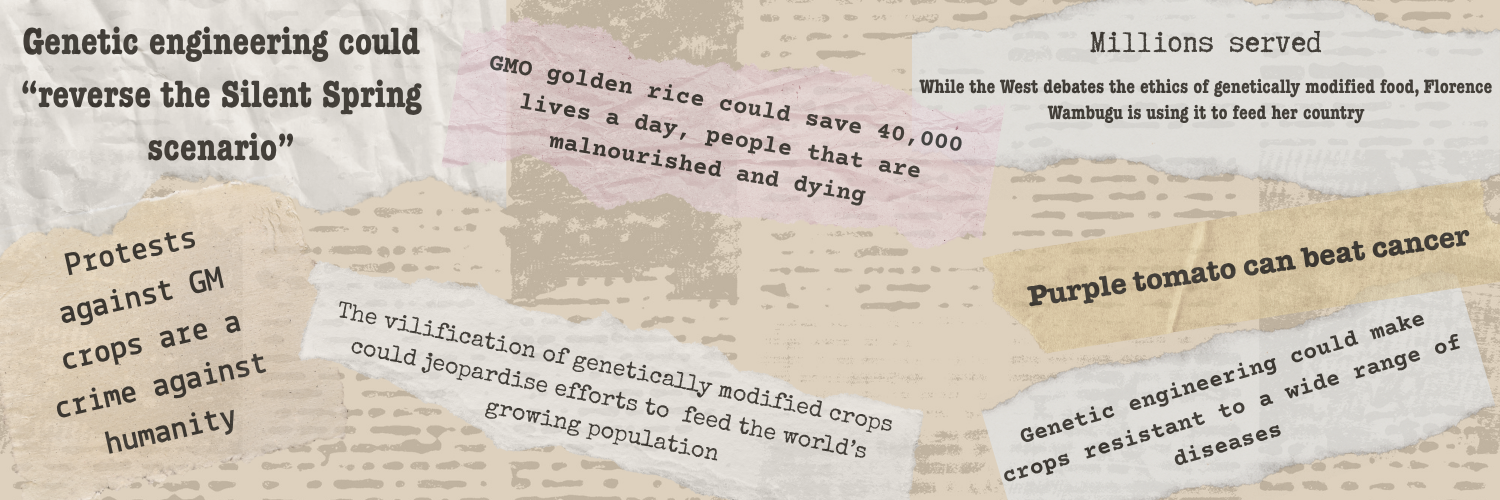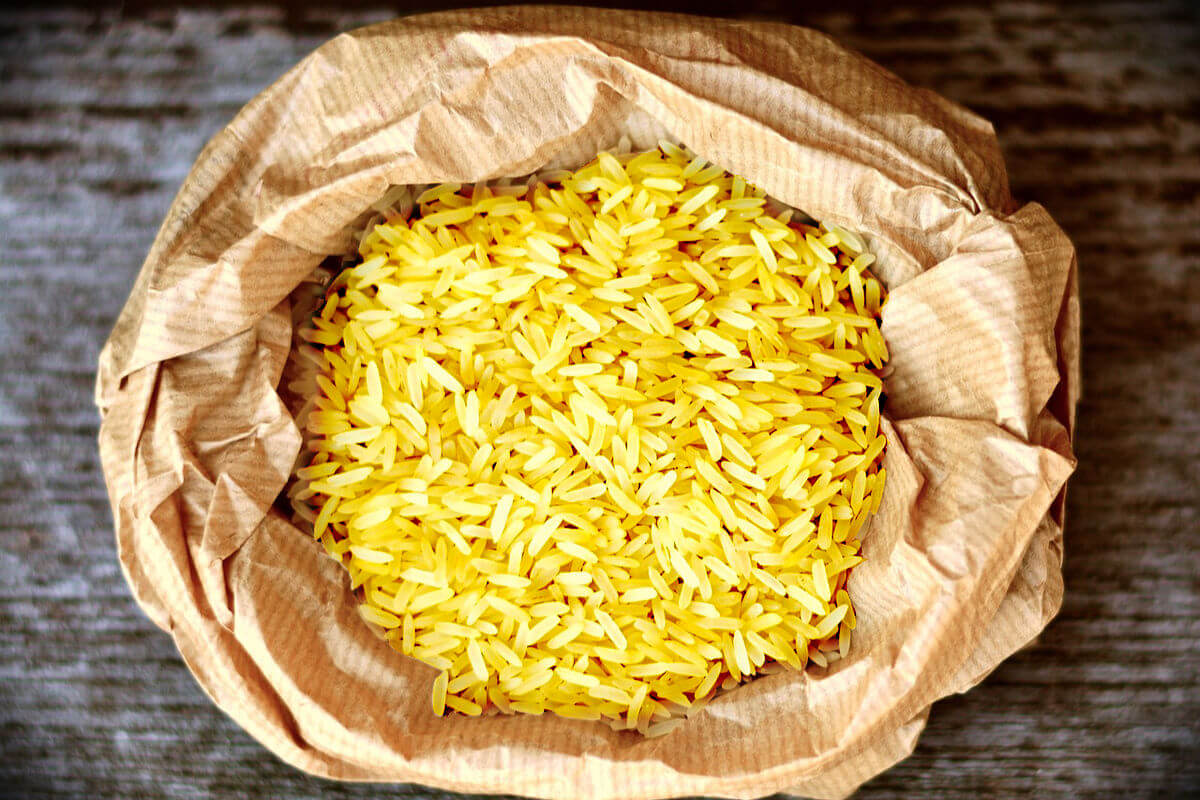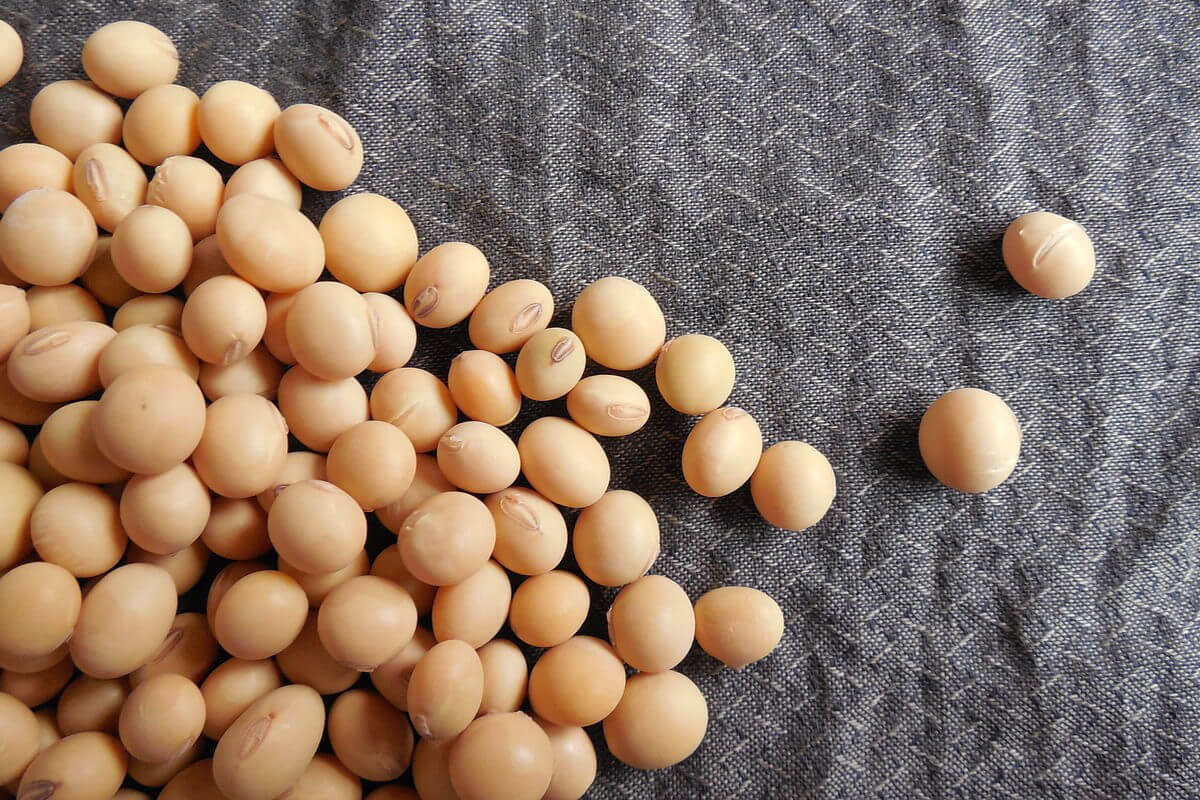
GMO Promises
Can genetically modified crops, foods, and animals solve our food and farming problems?
Since the 1980s, when scientists first started to genetically engineer bacteria and plants, grand claims have been made for the potential of genetically modified (GM) crops, foods, and animals to solve our food and farming problems. But how realistic are these expectations? GMO Promises documents the history and fate of current and long-forgotten claims made for genetically modified organisms (GMOs). It is a “living database” that takes an evidence-based look at the failures as well as the successes of the methods, concepts, traits, and products of the GMO venture.
-

Nitrogen-fixing GM crops to “transform the lives of small farmers”
Crops engineered to grow with less fertiliser were supposed to boost yields and reduce nitrogen pollution – but they’re still far from becoming a reality
-

GM Purple Tomato to “keep cancer at bay”
Norfolk’s “healthy” GM tomato was said to have anti-cancer properties – but food safety questions remain
-

GM as “shortcut to creating a truly American blight-resistant chestnut”
A GM American chestnut tree was promoted as a way to bring back an iconic species to North American forests – but the GM tree did not live up to expectations
-

GM Golden Rice “could save a million kids a year”
Since the year 2000, rice engineered to contain beta-carotene has been promoted as a vital weapon against vitamin A deficiency in the developing world – but it has never been used to that end
-

GM cassava to “double” production of African crops
GM virus-resistant cassava was said to be the “only hope” to feed Africa – yet attempts to develop it have repeatedly failed
-

GM soybean with a “health-conscious” genetic tweak
Calyxt’s high oleic acid soybean was designed to avoid creation of unhealthy trans fats and produce a plant oil that is “similar to olive oil” – but it failed in the marketplace